This post contains affiliate links.
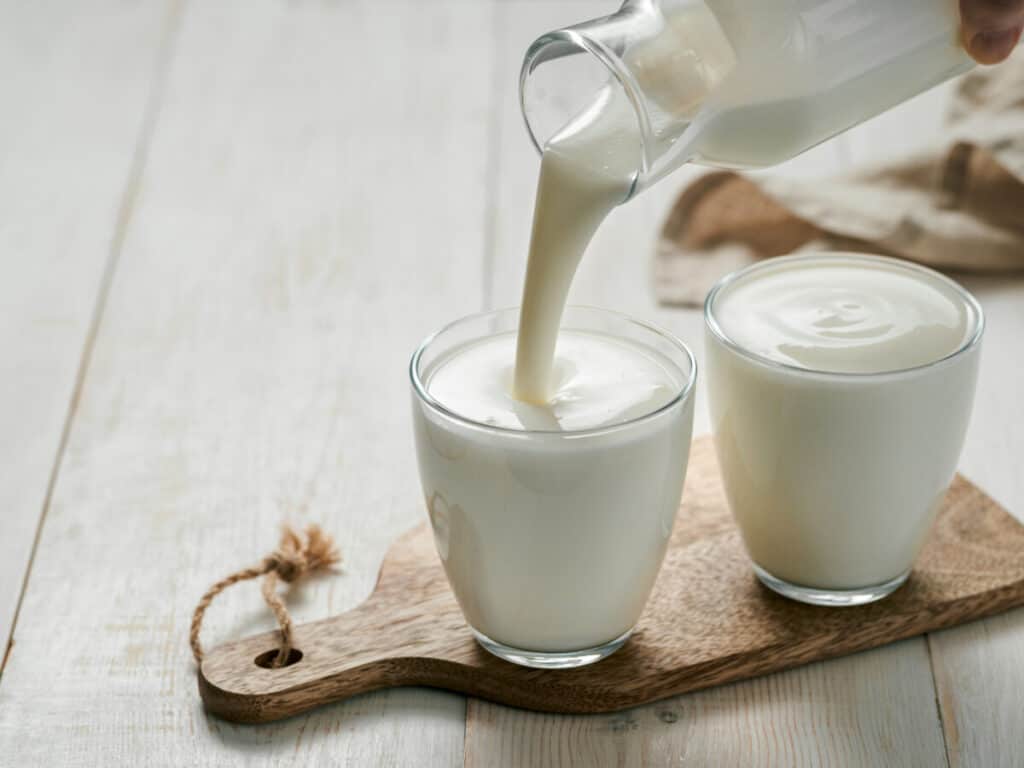
I recently spent some time with my 98-year grandmother at our family cabin and it brought back memories of helping her make the most delicious buttermilk biscuits when I was a kid. It made me want to make the recipe right then and there, but we didn’t have the most important ingredient, buttermilk. Instead, we had heavy cream. It made me wonder what the difference between the two is so I decided to do the research to find out.
Buttermilk is not the same as heavy cream. Modern or cultured buttermilk sold in most grocery stores today is skim milk between 1% to 2% with lactobacillus added causing it to coagulate and ferment. Fermenting buttermilk causes the milk to get thicker which gives it a tangy, bitter taste. Modern buttermilk does not contain butter. Heavy cream has at least 36% milk fat and is used in many types of recipes.
The Difference Between Buttermilk and Heavy Cream
| Type | Cultured Buttermilk | Old-fashioned Buttermilk | Heavy Cream |
| Milk type | 1% to 2% milk fat | Full-cream milk | 36% to 40% milk fat |
| How it’s made | Fermentation | By-product of churning butter | Rises to the top after fresh milk sets out |
| Taste | Sour, tangy | Acidic | Rich |
| Consistency | Thicker than milk | Light and substantial | Thick and heavy |
Buttermilk and heavy cream are not the same. Modern buttermilk is made by fermenting 1% to 2% milk which creates a tart, tangy taste. Heavy cream is made when fresh milk is left out and the high-fat part of the milk rises to the top which is scraped off. Heavy cream has a higher percentage of fat than buttermilk and is much thicker than buttermilk. Buttermilk is normally 1% to 2% milk fat and heavy cream has 36% to 40% milk fat.
What is old-fashioned buttermilk?
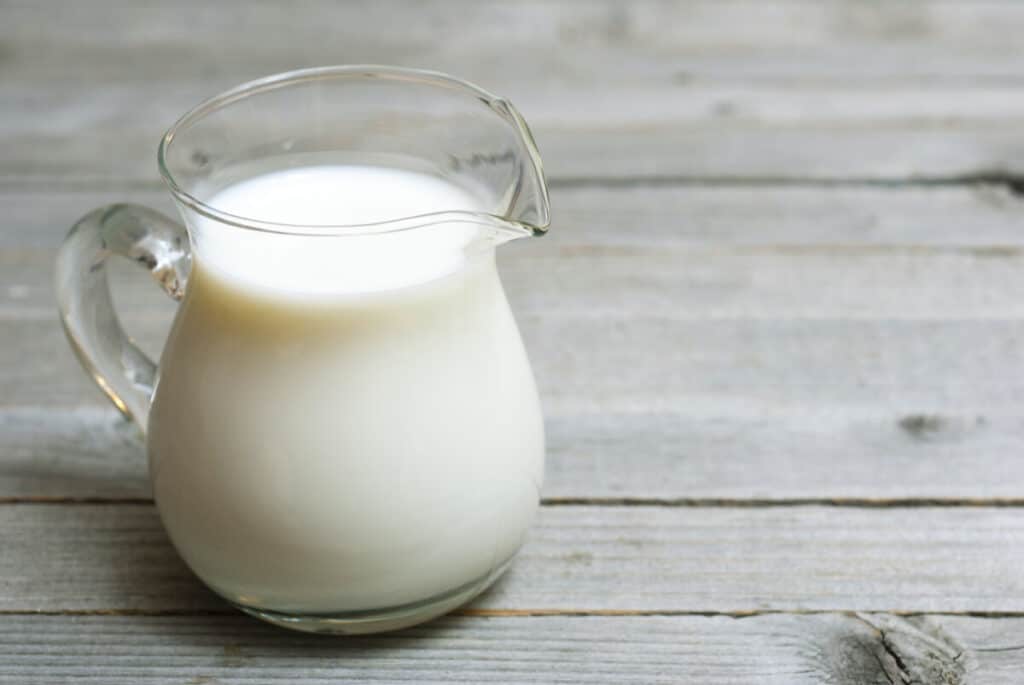
Traditional or old-fashioned buttermilk is a by-product of the butter-making process. When cream separates, it leaves butter and whey. Whey is the liquid that’s left after full-cream milk has been churned into butter. Old-fashioned buttermilk is not commonly found in Western countries, but you can find a type of traditional buttermilk in stores called Kate’s Real Buttermilk from Maine.
What is cultured buttermilk?
What we see in most grocery stores today is actually called cultured buttermilk which is a type of fermented drink similar to Kefir. It contains active cultures which could make it easier to digest than regular milk for some people. Modern buttermilk does not contain butter. It is made by taking skim milk between 1% to 2% and adding lactobacillus which causes it to ferment. Fermenting buttermilk causes the milk to get thicker which gives it a tangy, bitter taste. Traditional and old-fashioned buttermilk both contain lactic acid which makes them thicker than regular milk.
What is heavy cream?
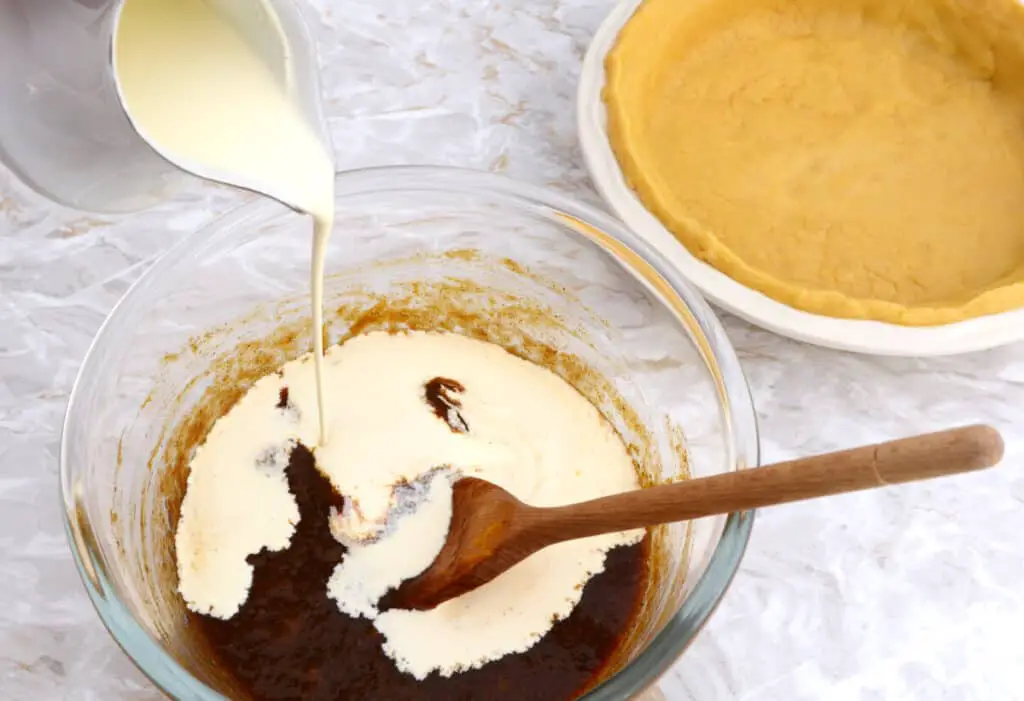
Heavy cream rises to the top is scraped off after fresh milk sets out. There are several types of heavy cream with the main difference being the amount of fat ranging from 36% to 40%. Some brands of heavy cream contain up to 40% milk fat. A higher percentage of fat means the heavy cream will be heavier which is great for using as thickeners in recipes. Heavy cream can be used for icing cupcakes or frosting cakes because it will stay stiffer longer. Regular heavy cream cannot be beaten into whipped cream because it is low in fat. Butterfat and pasteurized heavy cream contain stabilizers and because of their higher fat content, they can be whipped into whipped cream.
Can you substitute buttermilk for heavy cream?
You can substitute buttermilk for heavy cream. To substitute buttermilk for 1 cup of heavy cream, simply use 2/3 cup buttermilk and 1/3 cup oil instead. Keep in mind that buttermilk has an acidic taste which will alter the flavor of the recipe that originally called for heavy cream. If you don’t want an acidic taste in your recipe, mix 3/4 cup of milk with 1/3 cup of melted butter.
Is heavy whipping cream the same as heavy cream?

Heavy whipping cream and heavy cream are very similar, but they are not the same. Heavy cream has more fat, at least 36% and heavy whipping cream has at least 30% fat. Heavy whipping cream will hold its shape longer and is best used for pastry fillings, piping, and toppings. Heavy cream can be used as a thickening agent for creamy soups and pasta sauces. Heavy whipping cream is often used to make whipped cream by whisking it. It will lose its “whipped” shape after time and will turn back into liquid.
What can you use in place of buttermilk?
Heavy cream can be used in the place of buttermilk for many recipes, but it cannot be used to replace buttermilk for baking. Instead, measure one cup of whole milk and take out one tablespoon. Add one tablespoon of fresh lemon juice and let it set from 10-15 minutes. You will notice the mixture start to curdle and that means it’s ready to use.
What can you use as a substitute for heavy cream?
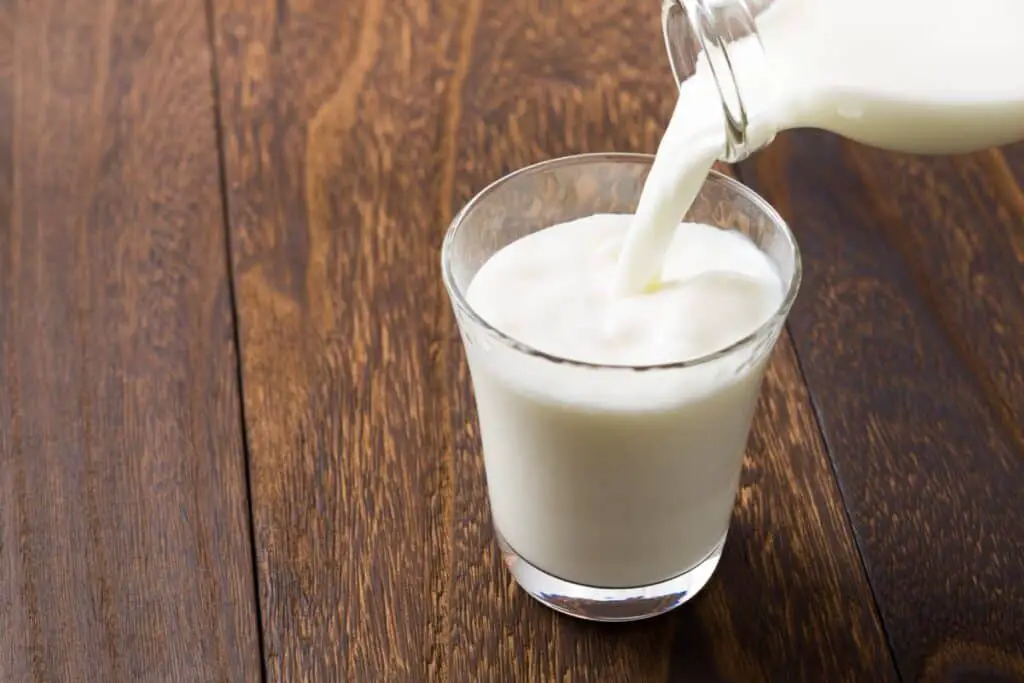
A milk and butter mixture can be used in place of heavy cream. To substitute one cup of heavy cream, measure 3/4 cup of warm milk and 1/3 cup of melted butter and mix them together. Keep in mind as the mixture cools, the butter will separate and harden. To prevent this, use the mixture immediately or microwave for 30 seconds.
Buttermilk vs Heavy Cream in Biscuits
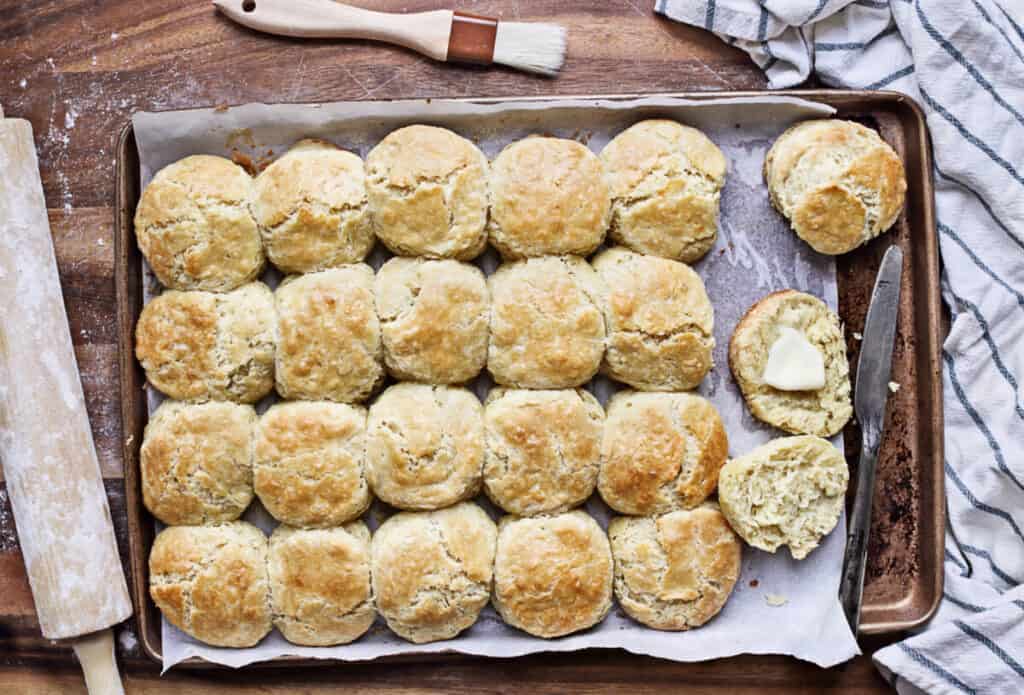
You can use heavy cream for a buttermilk biscuit recipe. Just stir two tablespoons of vinegar into one cup of heavy cream. Allow the mixture to sit for 10 minutes so it has time to thicken. If you do not have vinegar, you can mix two tablespoons of lemon juice with one cup of heavy cream. Using heavy cream with an acid such as vinegar or lemon juice makes a nice, thick consistency similar to buttermilk to use in your biscuits. Heavy cream biscuits will be fluffy and light when they come out of the oven. Using buttermilk in biscuits will give them a slightly salty, buttery, tangy flavor. Buttermilk biscuits will have a flaky and soft consistency when they come out of the oven.
